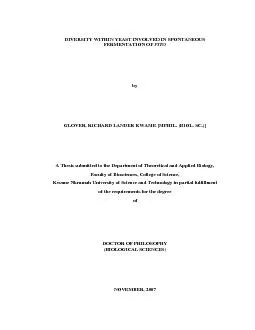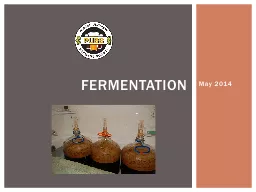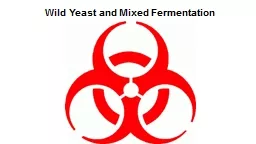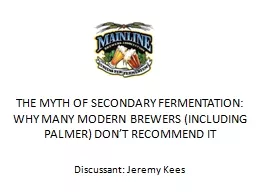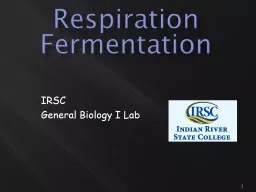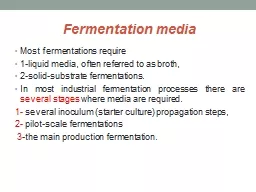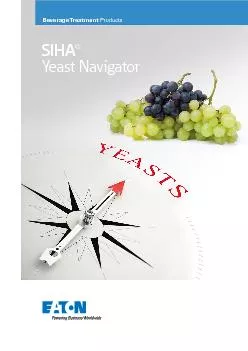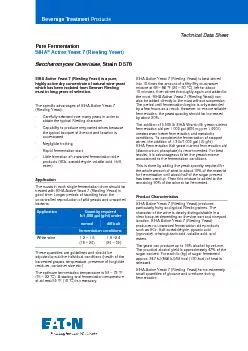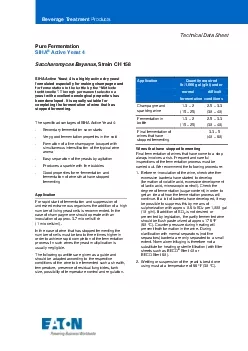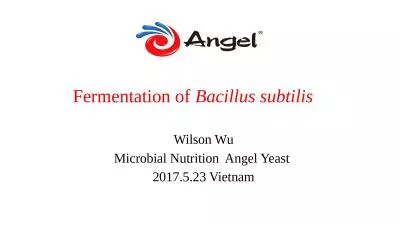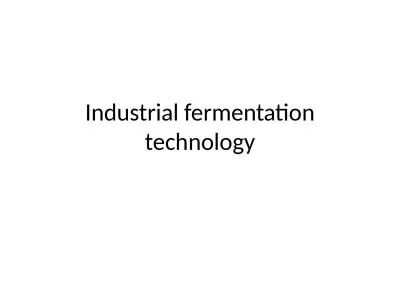PDF-DIVERSITY WITHIN YEAST INVOLVED IN SPONTANEOUS FERMENTATION OF PITOGLO
Author : madeline | Published Date : 2020-11-25
DECLARATIONAND CERTIFICATION Glover Richard Lander Kwamehereby declare that this thesis147DIVERSITY WITHIN YEAST INVOLVED IN SPONTANEOUS FERMENTATION OF PITOconsists
Presentation Embed Code
Download Presentation
Download Presentation The PPT/PDF document "DIVERSITY WITHIN YEAST INVOLVED IN SPONT..." is the property of its rightful owner. Permission is granted to download and print the materials on this website for personal, non-commercial use only, and to display it on your personal computer provided you do not modify the materials and that you retain all copyright notices contained in the materials. By downloading content from our website, you accept the terms of this agreement.
DIVERSITY WITHIN YEAST INVOLVED IN SPONTANEOUS FERMENTATION OF PITOGLO: Transcript
Download Rules Of Document
"DIVERSITY WITHIN YEAST INVOLVED IN SPONTANEOUS FERMENTATION OF PITOGLO"The content belongs to its owner. You may download and print it for personal use, without modification, and keep all copyright notices. By downloading, you agree to these terms.
Related Documents

